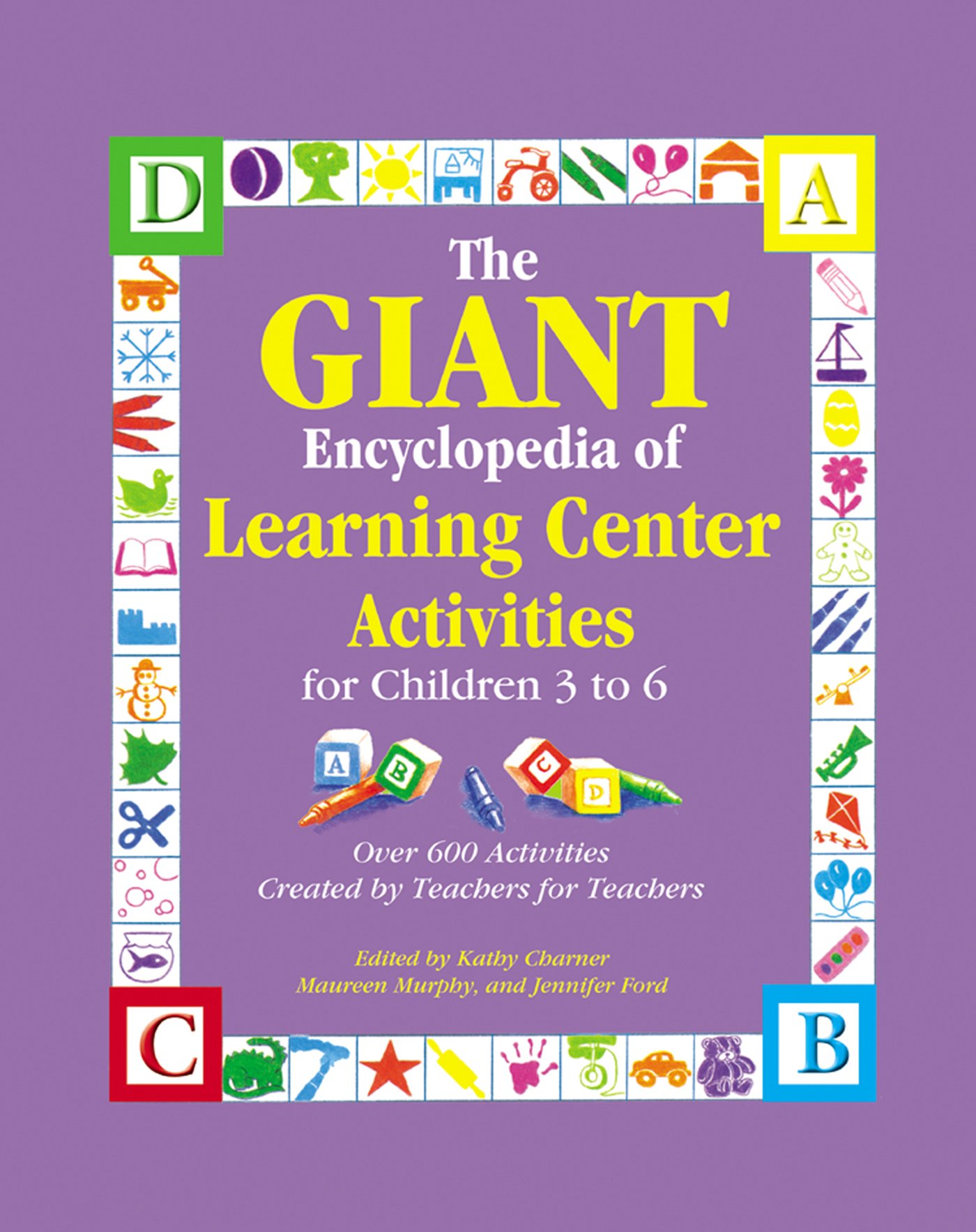Materials
- pictures of the moon
- floor covering (newspaper or plastic shower curtain)
- small container (margarine tub or 4"-deep pan)
- flour
- cinnamon in shaker
- small rocks and marbles
Instructions
- Talk about things in the sky, such as the sun, moon, stars, planets, and clouds. During the moon's third quarter phase, it can be viewed in the morning.
- Encourage the children to look at the night sky at home (especially when the moon is full). Explain that planets do not "twinkle" and do not stay in the same place in relation to the stars. Ask children to look at the moon using binoculars or a telescope, if available.
- Show the children pictures of the moon. Explain that the spots on the moon are either flat plains or craters (holes on the surface). Objects that hit the moon a long time ago made the craters.
- Tell them that they are going to make their own craters.
- Cover the floor with newspaper or an old plastic shower curtain. Fill a tub or pan with flour and place it in the middle of the floor covering.
- Sprinkle cinnamon on top of the flour to make surface "dirt." This helps make the results easier to see.
- Let the children take turns dropping or throwing rocks or marbles into the flour. Keep the other children away from the area as each child does this.
- After each rock hits the flour, remove it. Encourage the children to look for the crater left behind.
- When the surface is disturbed enough, smooth out the flour and add more cinnamon. This can be repeated as many times as desired.
- For more information, go to NASA's main website at http://www.nasa.gov.
You can visit the children's and educator's page at http://library.gsfc.nasa.gov/KidsPage/KidsPage.htm. From the mid-Atlantic and New England, write to NASA at:
NASA Teacher Resource Laboratory/130.3
NASA Goddard Space Flight Center
Greenbelt, MD 20771-0001
Telephone: (301) 286-8570
For addresses of centers in other regions go to
http://ares.jsc.nasa.gov/HumanExplore/Exploration/EXLibrary/docs/BeyondLEO/Leo1295/Facility.htm.
Instructions
1. Place a variety of wind-up toys in a shoebox and put it in a learning center.
Make sure that the some of the toys don't work (either because they are
broken or missing a battery). Be sure that some of the toys are easier to
operate than others.
2. No real preparation time is needed for this activity. The toys should "speak for
themselves." The children will likely approach you or another adult to inquire
how to get the toy to work.
3. The goal is to have children ask what's wrong, ask for assistance, and explore
the toy to see why it doesn't work and yet others do.
4. If needed, model questions or requests such as, "Help me, please," or "I
wonder why that doesn't work."
